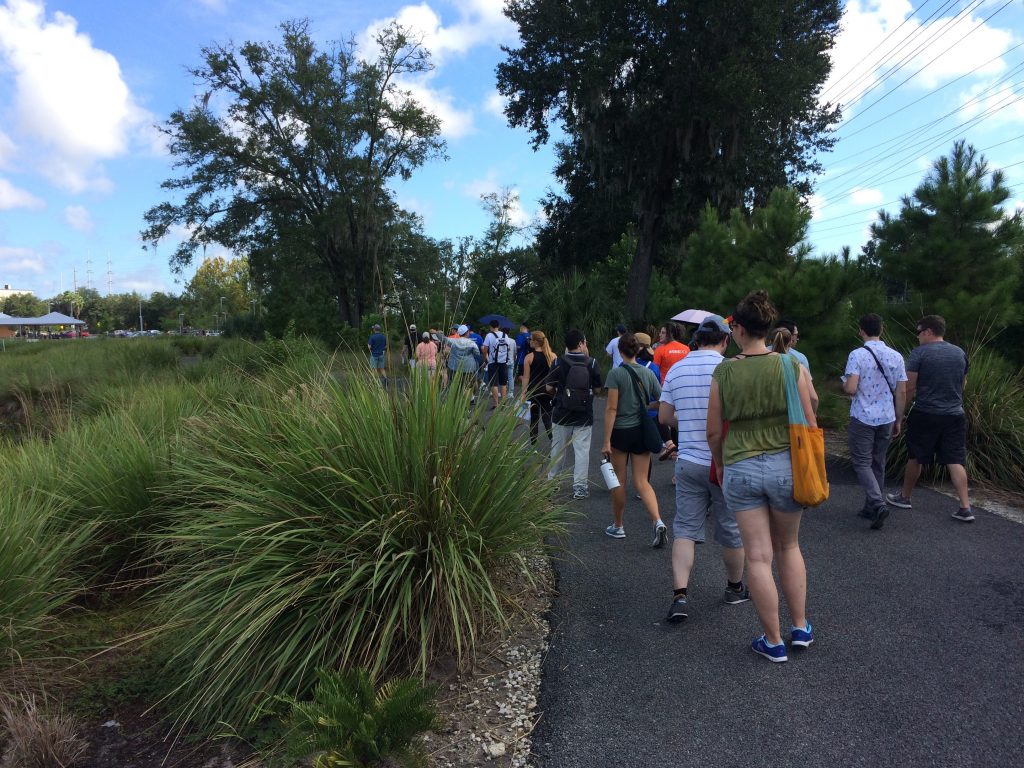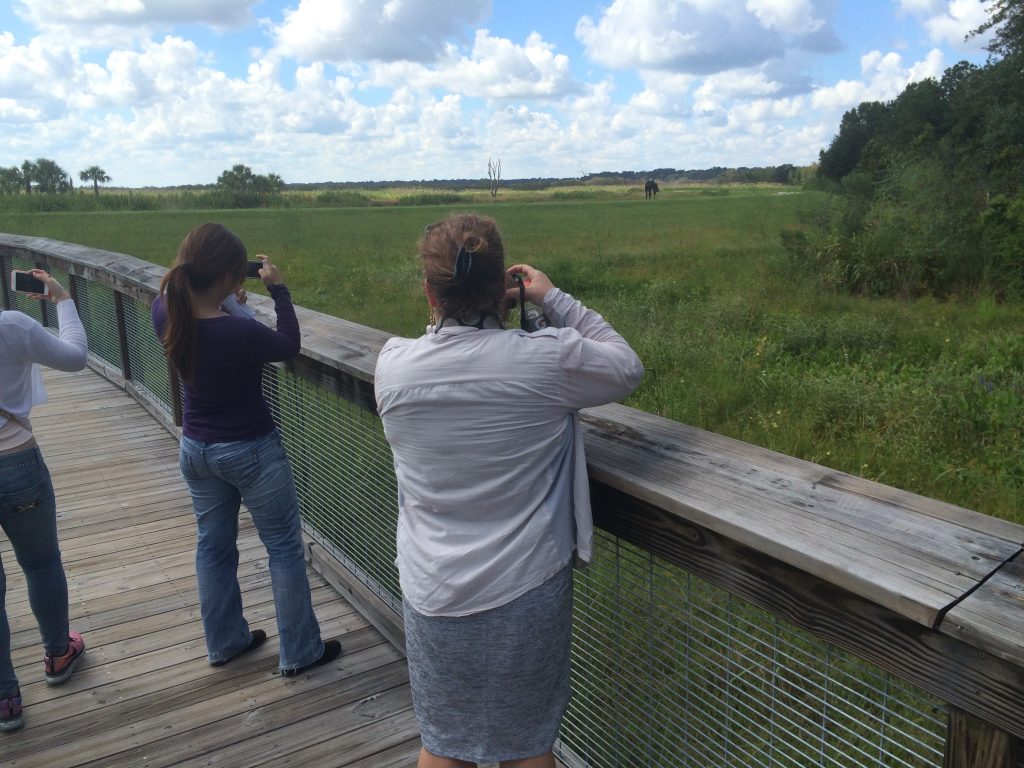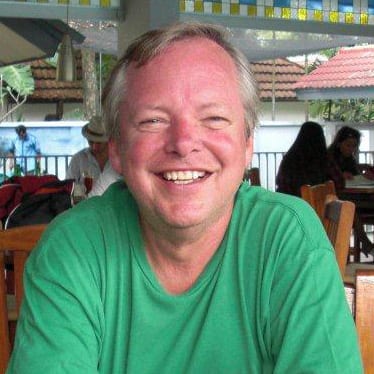Green Infrastructure in Planning Curricula
URP’s Dr. Christopher Silver and scholars from the United Kingdom make the case for planning programs to teach about green infrastructure (GI) to advance sustainability goals. They found UF’s School of Landscape Architecture and Planning stands out for providing interdisciplinary education about GI.
Green Infrastructure curricula in the UF School of Landscape Architecture and Planning: Prof. Michael Volk (second from left) and Dr. Kathryn Frank (behind the camera) lead their combined classes in environmental planning and policy on a tour of the Sweetwater Wetlands Park, a constructed wetland and ecological restoration project in Gainesville.
February 11, 2021
Frank, A., Flynn, A., Hacking, N., & Silver, C. (2021). More Than Open Space! The Case for Green Infrastructure Teaching in Planning Curricula. Urban Planning, 6(1): 63–74. https://www.cogitatiopress.com/urbanplanning/article/view/3518
In a newly published journal article, “More Than Open Space! The Case for Green Infrastructure Teaching in Planning Curricula,” URP Professor Dr. Christopher Silver and collaborators in the United Kingdom (Cardiff University and University of Birmingham) explain why it is important to include lessons about green infrastructure (GI) in higher education planning curricula. The authors define green infrastructure broadly as “strategically planned networks of natural and semi-natural areas… [that provide a] life support system for communities, which not only contributes to but is essential for environmental and economic sustainability.” GI provisions of “ecosystem services” include water management, air quality enhancement, climate change mitigation and adaptation, and green space amenities for outdoor recreation, the last of which has become particularly relevant for human health and wellbeing during the COVID-19 pandemic.
From the use of urban greenbelts down to green roofs, planners and other professionals, such as landscape architects and environmental engineers, should work together to guide the use of green infrastructure for urban and regional sustainability.
GI is far more complex than traditional green space planning and requires particular skill sets for its successful implementation including inter-disciplinary working, enacting multi-institutional governance, and multidisciplinary stakeholder facilitation.
Despite GI’s importance, the complexity of implementation, and the need for planners’ involvement, the topic has not gained a prominent role in planning curricula, including in US-based programs. The authors suggest that accrediting bodies should support new requirements for more formal inclusion of GI in the planning curriculum, and that it may require a concerted effort from academia, pushing their respective departments to incorporate the subject.

The study found that inclusion of GI curricula was most common in programs having a joint relationship between planning and landscape architecture. Such a relationship exists at UF in the School of Landscape Architecture and Planning. Here, Dr. Kathryn Frank’s course in Environmental Land Use Planning and Management (URP 6421) covers GI topics throughout, and in the final assignment students evaluate a real watershed-based plan from a green infrastructure approach, which requires the application of all the course’s modules. Understanding the interdisciplinarity of GI is aided by the environmental planning course partnering with the Department of Landscape Architecture’s course in Ecological and Environmental Policy (LAA 6382) taught by Prof. Michael Volk. Profs. Frank and Volk jointly teach a portion of the classes and lead field trips to world-class green infrastructure projects in town, including Depot Park and the Sweetwater Wetlands Park. Also joining these field trips are the students in the UF Master’s in Sustainable Design led by Dr. Michael Kung.

